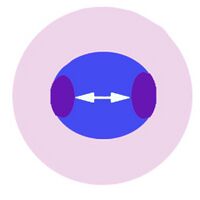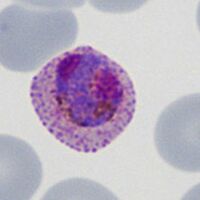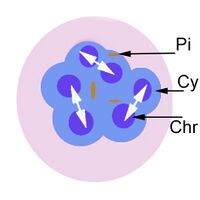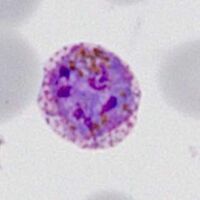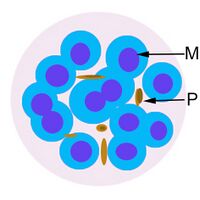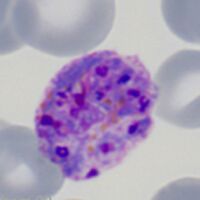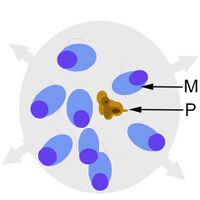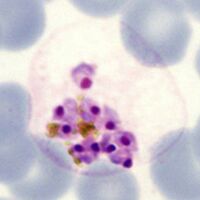Images of schizont morphology: Difference between revisions
From haematologyetc.co.uk
No edit summary |
No edit summary |
||
| Line 4: | Line 4: | ||
<span style="font-size:90%">>[[Malaria_Index|Main Malaria Index]]''</span></br> | <span style="font-size:90%">>[[Malaria_Index|Main Malaria Index]]''</span></br> | ||
<span style="font-size:90%">>>[[Malaria_Biology|Malaria Biology Index]]''</span></br> | <span style="font-size:90%">>>[[Malaria_Biology|Malaria Biology Index]]''</span></br> | ||
<span style="font-size:90%">>>>[[ | <span style="font-size:90%">>>>[[Biology_of_the_schizont|Biology_of_the_schizont]]</span></br> | ||
<span style="font-size:90%">>>>Current page: '''Morphology of Schizonts'''</span> | <span style="font-size:90%">>>>Current page: '''Morphology of Schizonts'''</span> | ||
---- | ---- | ||
Revision as of 17:01, 1 November 2024
Navigation
>Main Malaria Index
>>Malaria Biology Index
>>>Biology_of_the_schizont
>>>Current page: Morphology of Schizonts
| How does schizont appearance change during their development?
THE INITIAL ASEXUAL DIVISION
The cartoon image (A) shows the division of chromatin into two distinct purple chromatin masses within the blue parasite cytoplasm (at this point the cytoplams is not divided so indiviual merozoites are not really distinguishable). A clinical image of a parasite at this developmental stage (P.ovale with well shown James'dots) is shown in panel (B).
IMMATURE SCHIZONT APPEARANCES
The cartoon image (A) shows the further division of chromatin (Chr) into many discrete massed within the blue parasite cytoplasm (Cy). Indiviual merozoites are still not distinguishable but the malaria pigment is obvious (Pi). A clinical image of a parasite at this developmental stage (again from P.ovale with well shown James'dots and malaria pigment) is shown in panel (B).
MATURE SCHIZONT APPEARANCES By this stage the individual merozoites can be distinguished, each with a chromatin dot and cytoplasm; they are now ready for release from the red cell.
In the final stage the red cell membrane is broken down, swelling then separating to release the merozoites and any malaria pigment into the blood where each merozoite enters a red cell to form a new early trophozoite and increasing the infection load.
|
